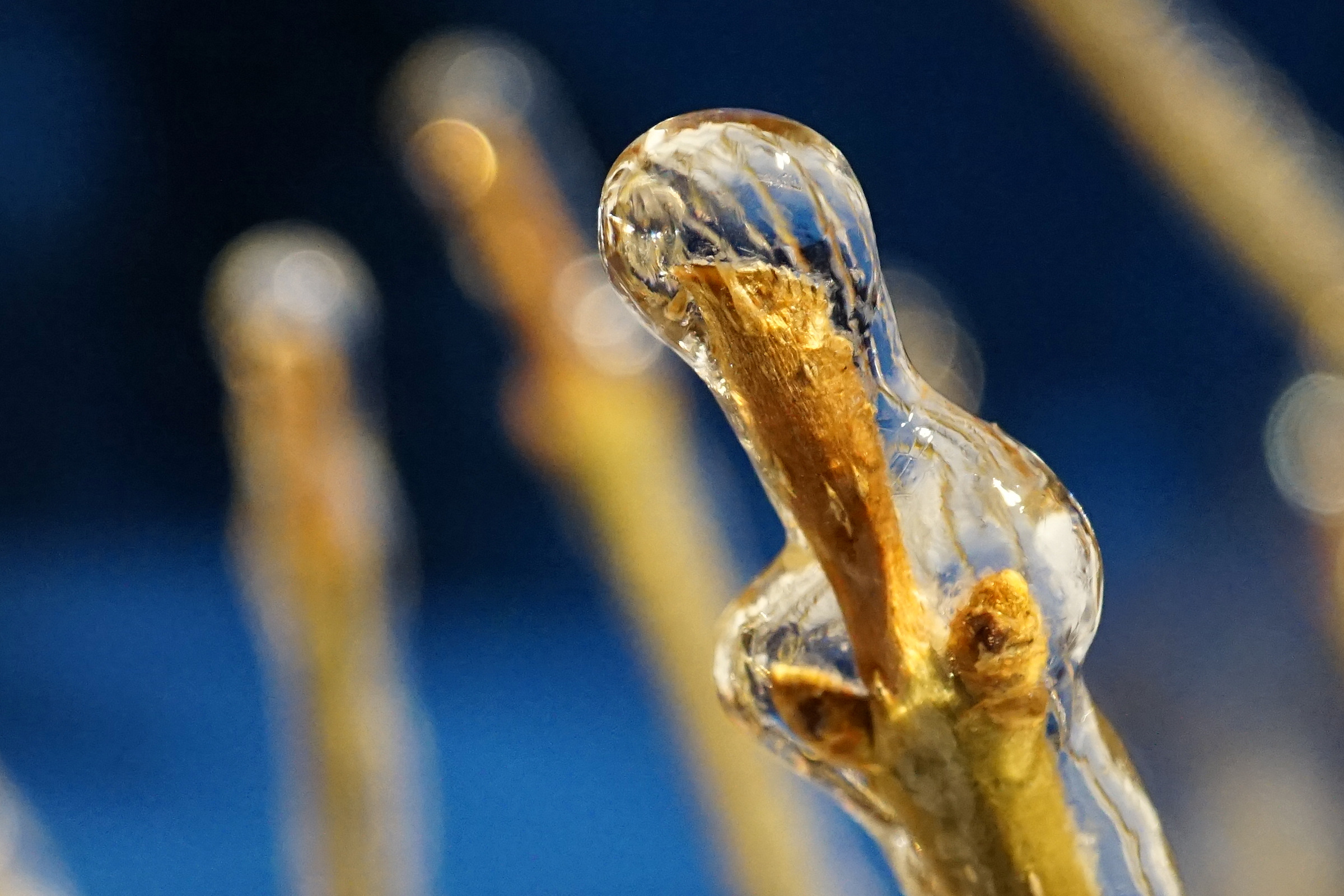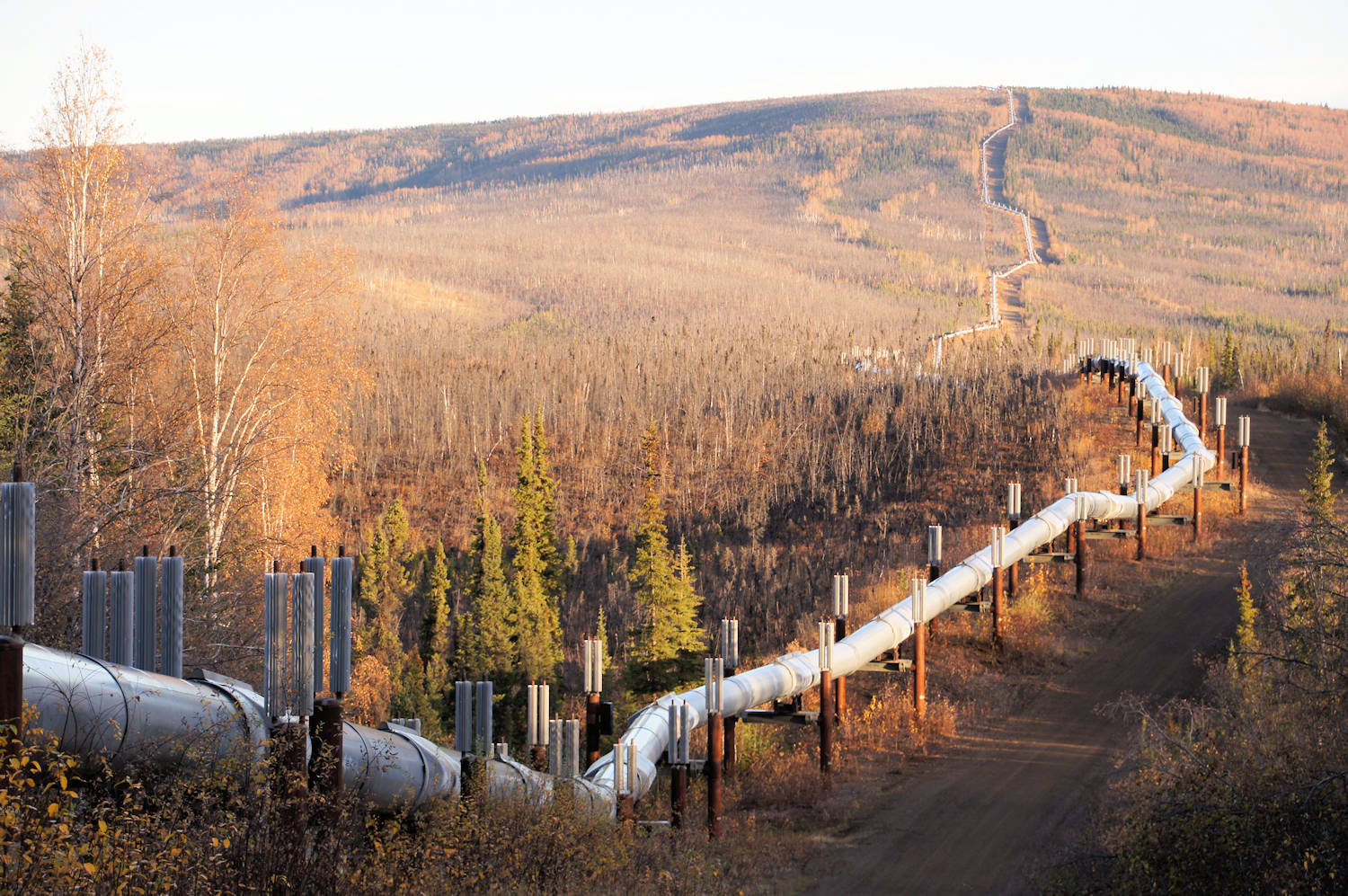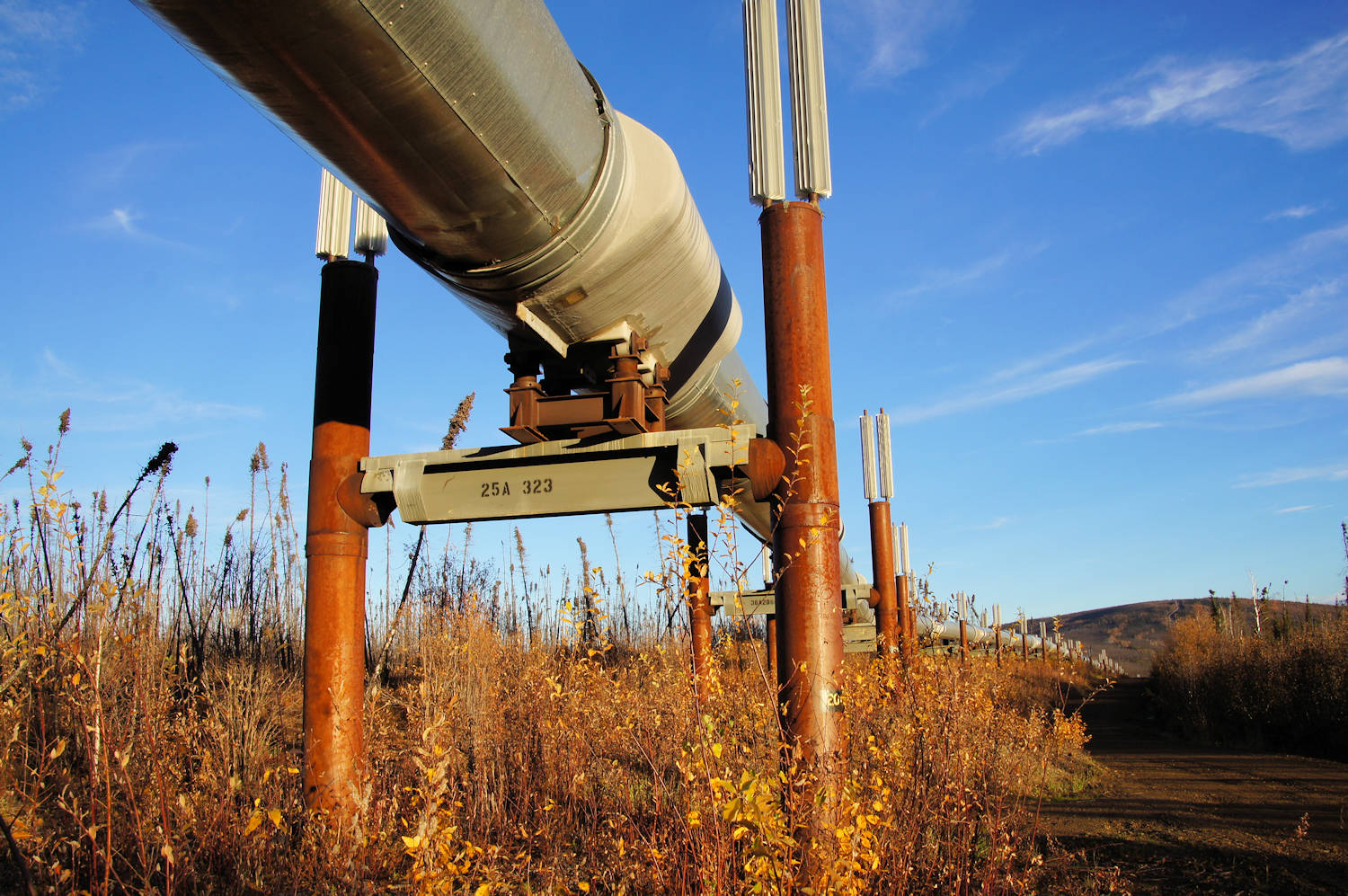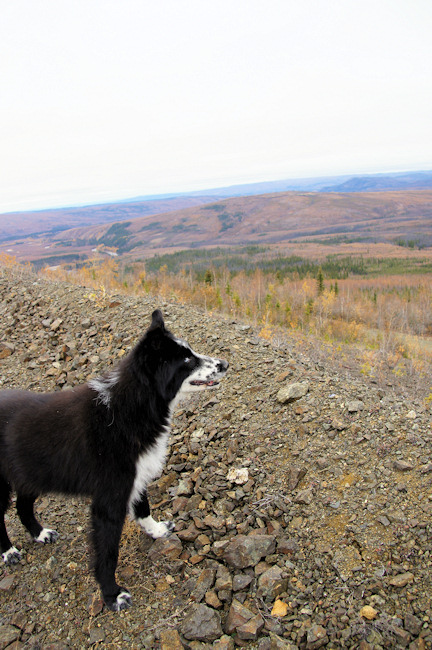Have you guys been watching Dr. Dee: Alaska Vet on Animal Planet? Jack and I love it! Dr. Dee is the most adorable, funny, amazing woman. And we know this for a fact since we took our two dogs and two cats to her over the years. Every interaction with Dr. Dee is a positive one, since even when you’re putting your pet down she is as insightful and endearing as is possible at that moment. The same goes for her staff – they are all very caring and terrific people.
 Dr. Dee: Alaska Vet shows the surgeries she does on a variety of animals, and she flies her bush plane out to various towns and villages. The animals featured are dogs and cats of course, but also birds, horses, goats, and once, a bull.
Dr. Dee: Alaska Vet shows the surgeries she does on a variety of animals, and she flies her bush plane out to various towns and villages. The animals featured are dogs and cats of course, but also birds, horses, goats, and once, a bull.
A few years ago when a production company was filming a teaser about her to try to sell to a cable company, Jack made a cameo with our dog Sport. Here are photos, click on the first one and scroll to the right.
And by the way, production people like the ones shown below are highly professional and friendly people. That is the experience Jack had with all of the guys and gals who came up here to shoot Ice Road Truckers, and we want to make sure that everyone understands how great they are at their jobs.
You’ll love Dr. Dee! You can watch video clips on the Animal Planet website, and also full episodes.
Save
Save
Save












































































